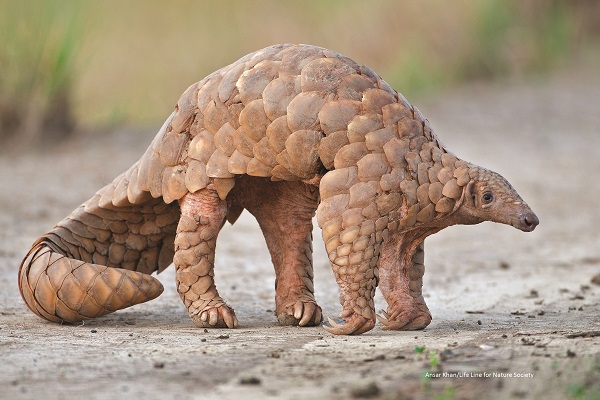
PANGOLIN ARMADILLO SKIN
The mice regenerate the lost skin later.īut the tail’s skin bones might protect against more than just predators.

“If you can stop the teeth or the claws of your predator at the tearaway boundary, then it’s much easier to get away,” Stanley explains. The plates may prevent predators from piercing too deep. It’s hypothesized that the tearaway skin is a macabre defense, where attacking predators are left with a mouthful or paw full of shed skin. The rodents’ skin is especially fragile and easily tears off, particularly on the tail. These bony plates, called osteoderms, may help keep spiny mice and their relatives alive. CT scans revealed that three other species in the same subfamily as the spiny mouse also have armor-studded tails. Bony plates form first near the base of the tail and then as the mouse ages, grow down the tail to its tip. The team scanned the tails of newborn spiny mice up to those that were 6 weeks old. To understand how the bony plates develop, Stanley and his colleagues teamed with Malcolm Maden, a developmental biologist at the University of Florida. “It looked kind of dark and weird,” he says.Ī more detailed CT scan showed the mouse’s whole tail was covered in overlapping bony plates within the skin, under the surface layers. But in the initial X-ray, its tail looked unusual. It was a “nondescript looking” mouse with slightly spiky fur, Stanley says. The rodent’s secret was revealed when evolutionary biologist Edward Stanley of the Florida Museum of Natural History in Gainesville put a museum specimen of a spiny mouse ( Acomys spp.) in an X-ray machine as part of a multi-institutional project to develop 3-D digital models of all vertebrate life.


 0 kommentar(er)
0 kommentar(er)
